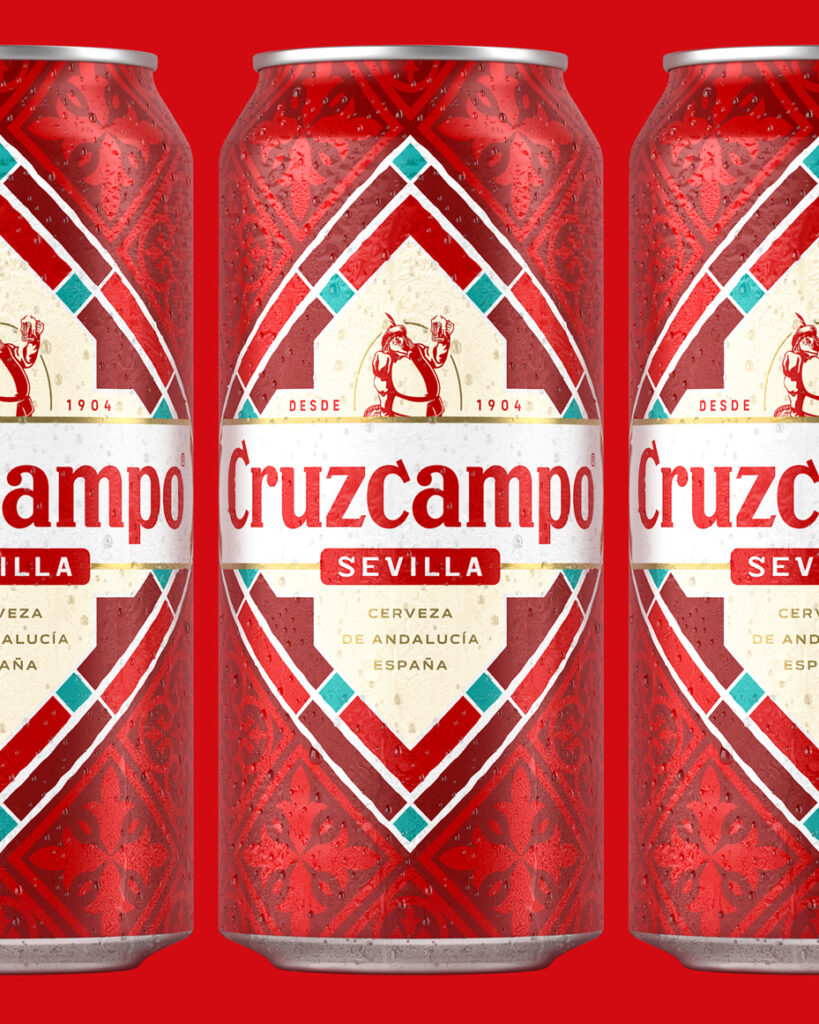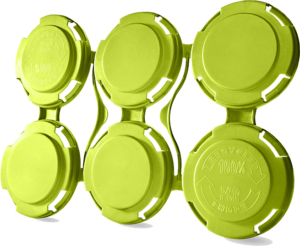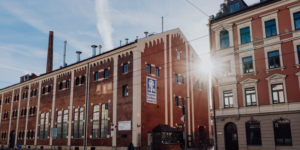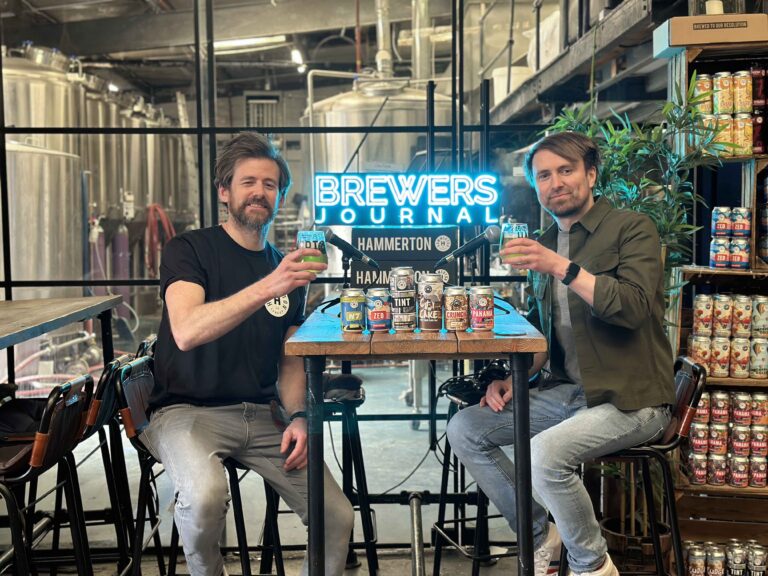While some of the mystique may fade for consumers when they discover that their ‘discovery’ beer belongs to one of the industry giants, the statistics reveal that if consumers appreciate the product and believe in the authenticity of the brand story, they’ll keep coming back for more, explains Nick Clark, executive creative director at Bloom.
Imagine this scenario: you’re lounging on the Costa de la Luz in Spain, savouring the sunset after a day exploring Cádiz, holding ‘una caña de Cruzcampo’ in hand.
Then, your travel companion leans in and casually mentions, “That’s a Heineken beer.” It can be a bit of a buzzkill, right?
As consumers’ affinity for artisanal and global beer brands continues to flourish, it’s only natural the major breweries want a piece of the action.
In the past year, over a billion litres of foreign beer made its way into the UK. The USA stands as the largest beer importer globally. According to the Beer Institute, imported beers constitute nearly 18% of their beer market.
What surprises many consumers is that many of the ‘esoteric’ brands they’ve come to cherish are actually under the ownership of industry giants.
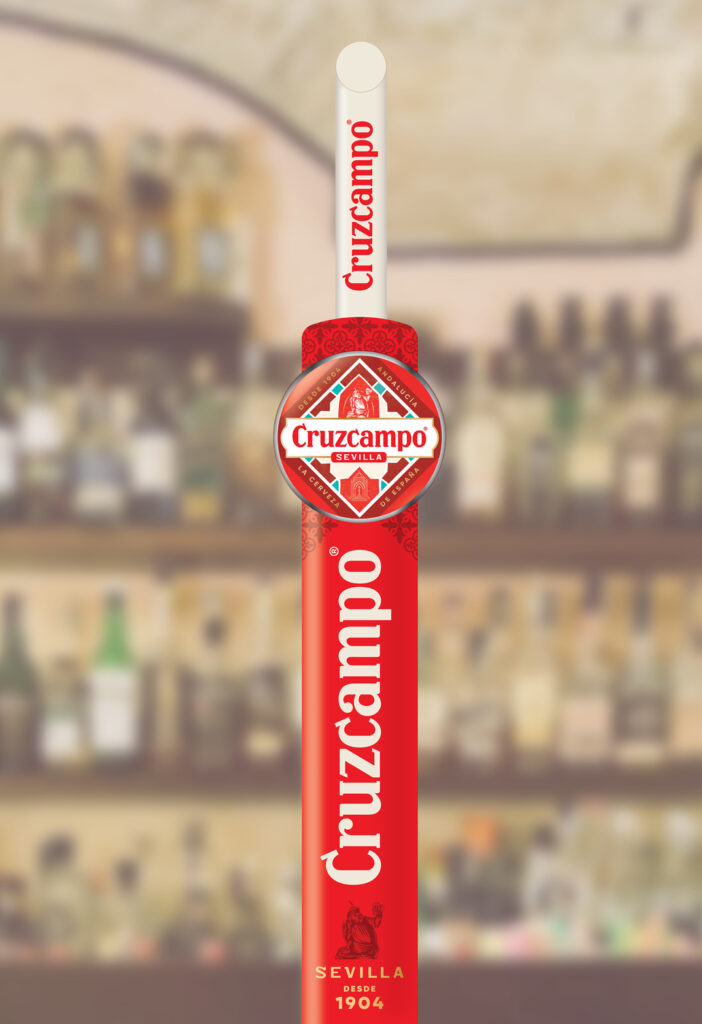
Amstel, Beavertown and Birra Moretti belong to the Heineken family; San Miguel, Hobgoblin, and Estrella Damm are part of Carlsberg Marston’s. AB InBev made its foray into the craft beer world by acquiring Goose Island in 2011, subsequently adding 11 more craft breweries to its roster, ranging from Blue Point in New York to Camden Town Brewery in London.
However, the acquisition of these brands doesn’t make them any less authentic. Brewing traditions and brand identities are typically preserved.
There may be slight recipe adjustments to cater to diverse tastes, and manufacturing facilities might be established in new regions for logistical reasons.
But beyond that, major breweries recognise the importance of brand identity, a connection to their place of origin and unwavering commitment to quality. They usually allow international beers to maintain their unique, protected space.
Global Reach
Consumers’ preference for foreign beer brands is fuelled by a multitude of factors, including their diverse flavours, cultural heritage and distinctive ingredients.
As consumers become more adventurous and seek novel experiences, the appeal of world beers continues to grow. The drinking experience is increasingly about craftsmanship, premium quality and origin stories.
These factors place a unique responsibility on brand designers to create packaging identities that can thrive in new markets while retaining their authenticity.
It’s not as straightforward as translating words from Spanish to English on a label.
Designing for overseas markets necessitates consideration of myriad factors, from regulatory compliance to varying consumer expectations across separate geographies. Subtle category cues often influence consumers unconsciously, leading to variations in brand and category recognition at the point of purchase.
Nonetheless, the story of a beer’s country of origin remains paramount, and both brand owners, whether large or small, and their strategic design partners must keep this essential consumer driver in focus.
Amid the surge of global beer brands, we’ve observed a certain homogeneity in brand and packaging design.
Consider Spanish beers like Ambar, Estrella and Mahou – from a distance, they might all blend together on a shelf. The same phenomenon can be observed with Belgian blondes such as La Trappe, Affligem and Leffe.
While these are all excellent beers, their brand expressions tend to lean towards a somewhat indistinct profile.
Part of the issue lies in their referencing of their country of origin with broad strokes, instead of delving into the distinctive nuances of a specific locale.
Heineken recognised this when it embarked on introducing its immensely popular Spanish beer, Cruzcampo, to the UK. Cruzcampo is Spain’s most beloved draft beer, deeply rooted in the history and heritage of Seville, Andalusia.
To make it a success in the UK, Heineken needed to translate the established Spanish brand identity in a way that would resonate with British consumers, kindle their excitement for a southern Spain experience and set it apart from other Spanish and global offerings on the market.
Research indicated that the lager had the potential to thrive in the UK, but the backstory was missing.
The new visual identity beautifully encapsulates the authentic essence of life in Seville: Moorish tiles, weathered street signs, the radiant sun and a more leisurely pace of life.
This approach creates a culturally rich yet cohesive brand identity across various touchpoints, whether in bars or on retail shelves.
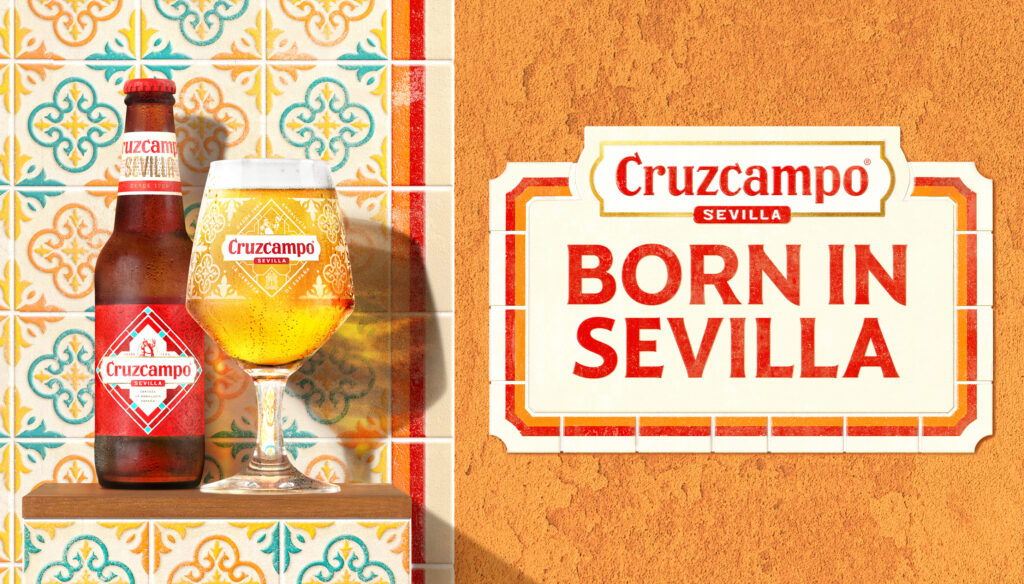
The intricate Azulejo tiles of Plaza de España have been harmoniously combined with the geometric Zellige ceramics of Alcázares de Sevilla, resulting in a unique, ownable brand pattern.
It not only distinguishes Cruzcampo from other Spanish beers in the market but also embraces key category indicators, including the signature red.
With 120 years of brewing heritage, it was crucial to capture the cultural enchantment of Cruzcampo so that UK audiences would fall in love with the brand, allowing Heineken to foster growth in a country over a thousand miles north.
While some of the mystique may fade for consumers when they discover that their ‘discovery’ beer belongs to one of the industry giants, the statistics reveal that if consumers appreciate the product and believe in the authenticity of the brand story, they’ll keep coming back for more.
Achieving this demands careful stewardship from major brewers and an understanding that country-of-origin stories must evolve to resonate with their target audiences.

